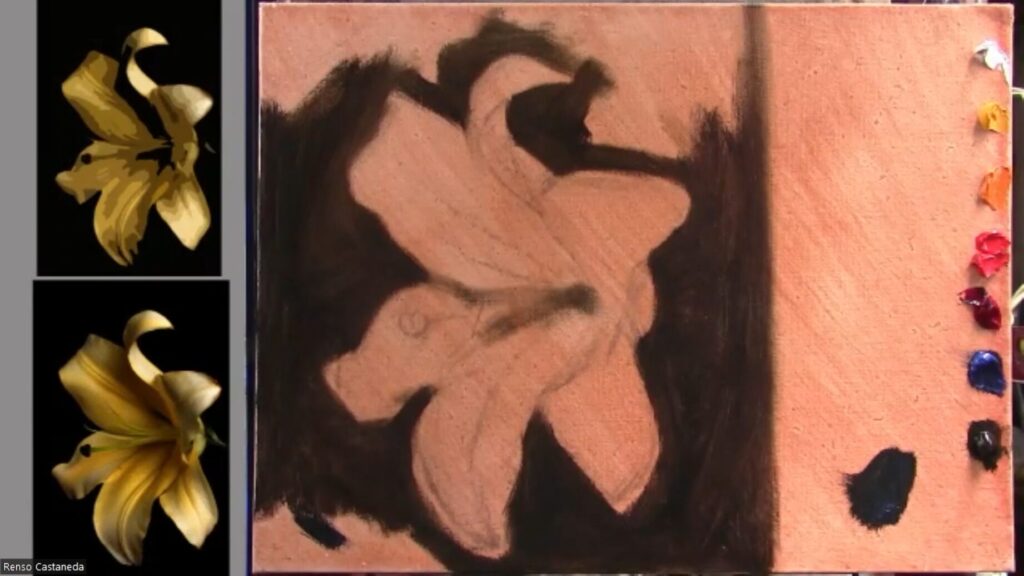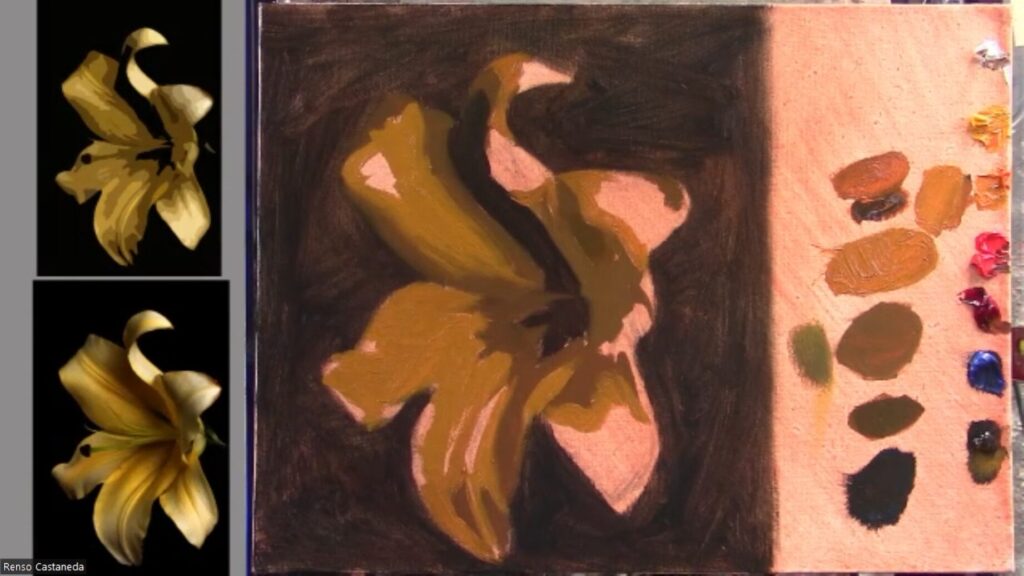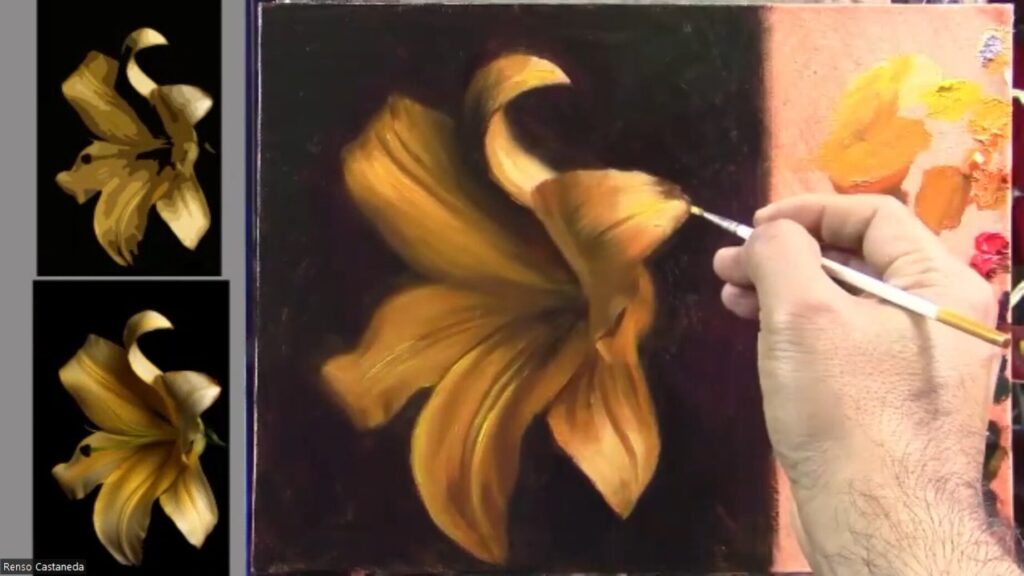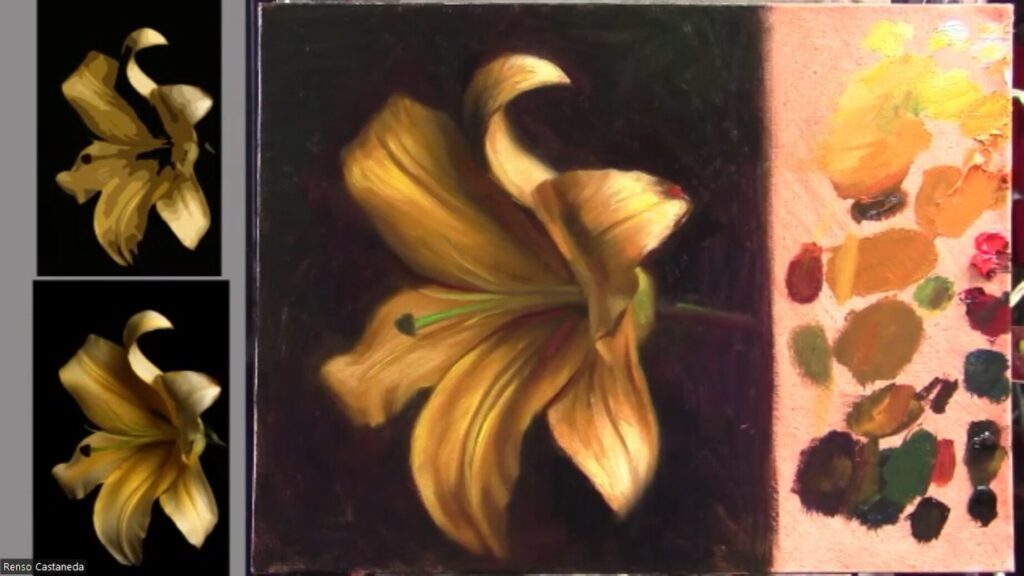Are you ready to embark on your artistic journey? Painting can be a deeply rewarding and therapeutic experience, but getting started can feel overwhelming. Don’t worry—whether you’re a complete beginner or someone looking to refine your skills, this guide will walk you through the basics of painting in a simple and approachable way. Let’s dive in!
Step 1: Gather Your Supplies
Before you start, you’ll need some basic painting supplies. Here’s a quick list to get you started:
- Paints: Start with primary colors like cadmium yellow, cadmium red, and cobalt blue. You can also add titanium white and raw umber for mixing and shading.
- Brushes: A variety of brush sizes will help you create different textures and details.
- Canvas or Paper: Choose a canvas or heavy-duty paper designed for painting.
- Palette: Use a palette or a flat surface for mixing your colors.
- Charcoal or Pencil: For sketching your initial design.
- Mediums: Liquin or other painting mediums can help thin your paint and extend drying time.
Step 2: Start with Simple Shapes
When you’re just starting, it’s helpful to break down your subject into simple shapes. For example, if you’re painting a flower, think of it as a combination of triangles, circles, and rectangles. This approach makes it easier to map out your composition before adding details.
In a recent painting class, the instructor emphasized this technique while painting a lily. By visualizing the flower as a series of simple shapes, students were able to create a strong foundation for their artwork.

Step 3: Focus on Values
Values refer to the lightness or darkness of a color. Understanding values is crucial for creating depth and dimension in your painting. Start by identifying the darkest and lightest areas of your subject. For instance, in a flower painting, the shadows between petals will be darker, while the highlights on the petals will be lighter.
The instructor in the class reminded students to pay close attention to the darker values, as they are often harder to get right. By nailing the darker areas first, you can build up to the lighter tones more effectively.

Step 4: Mix Your Colors
Color mixing is a fundamental skill in painting. Start with your primary colors and experiment with mixing them to create new shades. For example, mixing cadmium yellow and cobalt blue will give you a vibrant green, while adding a touch of crimson can tone it down.
In the class, the instructor demonstrated how to mix raw umber and cobalt blue to create a dark background, which made the yellow flower stand out beautifully. Remember, it’s okay if your colors aren’t perfect—painting is all about experimentation!

Step 5: Paint the Background First
A common tip for beginners is to paint the background before focusing on the main subject. This helps establish the overall tone of your painting and makes it easier to layer your subject on top. In the lily painting, the instructor started with a dark background to create a high contrast with the bright yellow flower.
Step 6: Work on Edges and Details
Once you’ve blocked in the basic shapes and colors, it’s time to refine your painting. Pay attention to the edges of your shapes—some edges should be sharp, while others can be softened to create depth. For example, softening the edges of a petal can make it appear to recede, while sharpening the edges can make it pop forward.
The instructor also highlighted the importance of negative spaces—the areas around and between objects. By focusing on these spaces, you can improve the accuracy of your composition.

Step 7: Add Highlights and Final Touches
The final step is to add highlights and small details that bring your painting to life. Use lighter colors to emphasize areas where light hits your subject. For the lily, the instructor added touches of chrome yellow and white to make the petals glow against the dark background.

Tips for Success
- Practice Regularly: The more you paint, the more comfortable you’ll become with the process.
- Don’t Fear Mistakes: Every mistake is an opportunity to learn and improve.
- Experiment with Techniques: Try different brushstrokes, color combinations, and styles to find what works best for you.
- Seek Feedback: Share your work with others and ask for constructive criticism.
Conclusion
Painting is a journey, and every stroke of the brush brings you closer to mastering this beautiful art form. By starting with simple shapes, focusing on values, and practicing regularly, you’ll soon find yourself creating stunning works of art. So grab your supplies, let your creativity flow, and enjoy the process!
Remember, every great artist was once a beginner. Happy painting! 🎨

Leave a Reply